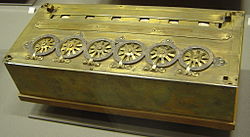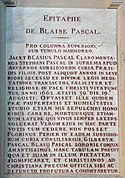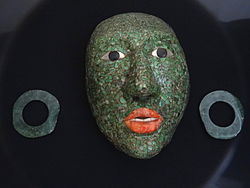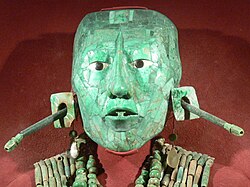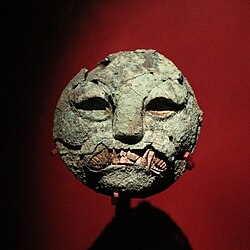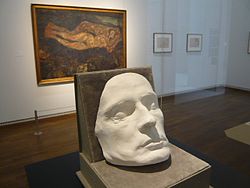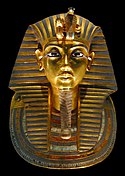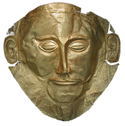001Paskal
The death mask of Blaise Pascal. www.deathmask.kiev.ua
Lizenz
YEs, anyone can use this photo. - Hide quoted text - Mary
On 12/5/06, Nicholas Moreau <nicholasmoreau@gmail.com> wrote: > So you're friend wouldn't mind essentially releasing the copyrights to > the photo permanently, so that anyone could use the image in any way? > > Nick > > > > On 12/5/06, Marina Kozyr <marina.kozyr@gmail.com> wrote: > > Oh! I see! The picture was made by my friend at the exhibition of > > death masks in the One Street Museum (Kiev). I indicated wrong the > > type of license. > > > > Mary > > > > On 12/5/06, Nicholas Moreau <nicholasmoreau@gmail.com> wrote: > > > Because you didn't release it under a "free license", like GFDL or > > > Creative Commons, instead only permitting Wikipedia to use it. We only > > > include "non-free" content on Wikipedia if there's no other > > > alternative, like a picture from a movie. When there are other > > > illustrations that illustrate a topic, we avoid non-free images. > > > > > > Nick > > > > > > > > > > > > On 12/4/06, Mary trump <m_kozyr@mail.ru> wrote: > > > > Hello, > > > > I noticed you have deleted the picture of the death mask of Pascal. Why did you do this? > > > > Best regards,
> > > > Mary TrumpRelevante Bilder
Relevante Artikel
Blaise PascalBlaise Pascal [blɛz paskal] war ein französischer Mathematiker, Physiker, Literat, Erfinder und christlicher Philosoph. .. weiterlesen
TotenmaskeHeutige Totenmasken sind meist Gips- oder Wachsabdrücke vom Gesicht eines Verstorbenen. In außereuropäischen Kulturen wurde manchmal das Gesicht eines hochrangigen Verstorbenen im Verlauf der Bestattungszeremonie mit einer kostbaren Stein- oder Metallmaske bedeckt, bei der die Ähnlichkeit zur lebenden Person keine oder nur eine untergeordnete Rolle spielte. Man müsste folglich zwischen neuzeitlichen „Porträt-“ oder „Erinnerungsmasken“, die aber auch nachbearbeitet und somit idealisiert werden konnten, aber niemals ins Grab mitgegeben wurden, und antiken „Begräbnismasken“, die in manchen Fällen auch realistische Züge haben konnten, unterscheiden. .. weiterlesen

